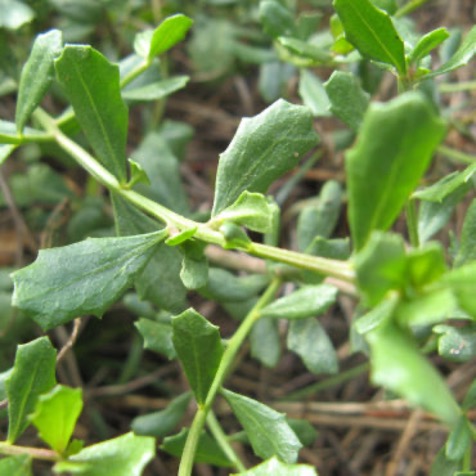

Coyote Brush
Most of the year, coyote brush (or chaparral broom, Baccharis pilularis) can be recognized by its bright green foliage. In the fall, however, plants are covered with white as the shrub releases thousands of tiny seeds, each carried away in the breeze by a delicate, silken parachute. Coyote brush is somewhat resistant to burning, perhaps because of high concentrations of fire-retardant organic compounds in the leaves.
Some local agencies recommend them for planting in fire prone areas. Under the right conditions, however, coyote brush will burn. branchlets tend to be more upright and parallel, resembling little brooms. The Chumash Indians used clusters of branchlets of both species when collecting cactus to brush away the small spines, and early settlers used these to sweep and even (we are told) as toothbrushes. Chumash Indians applied boiled leaves as a remedy for poison oak.
